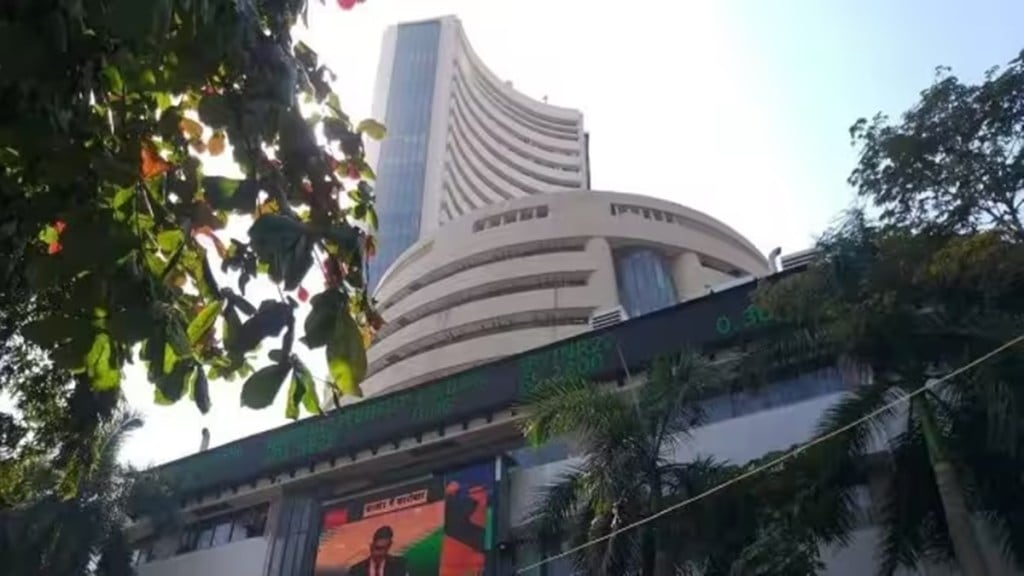By Ashishkumar Chauhan
When the Nifty 50 vaulted over the record 20,000-mark the day after the G20 summit in September 2023, it was a sign of an India surging forward, an aspirational India. The flagship index of the National Stock Exchange (NSE), the Nifty was mirroring the ambitions of an India eager to embrace her future in a growing and expanding economy.
Dubbed the ‘stock of the nation’, The Nifty 50 is a well diversified 50 stock index and it represents important sectors of the economy. It not only provides a comprehensive snapshot of the equity markets, it is also a barometer of the overall health of the Indian economy. With the equity markets witnessing significant structural reforms in the past decade, the Nifty’s composition too has undergone several changes in sync with the true dynamics of the economy and financial markets.
So, when it hit 20,000 points recently, its journey northward was a sign of further economic prosperity.
It provides direct access to the benefits of this accelerated economic growth is the NSE. Established in 1992, one of the greatest achievements of the exchange has been the democratisation of wealth creation and financial inclusion. By introducing screen-based trading, the exchange has empowered every Indian by enabling them to invest in the capital markets and participate in India’s growth story.
The response has been phenomenal. The last decade in particular has seen robust economic development, making India one of the world’s fastest-growing economies. As a result, Indians have more disposable income and are investing in the equity markets with great enthusiasm.
That’s not all. Consider how the Nifty’s sectoral representation reflects the current India story. Occupying the top slot is financial services, followed by information technology, oil and gas, FMCG, automobiles, healthcare, and construction. This speaks of a healthy, consumption-centric and demand-driven economy with a significant improvement in the standard of living of the average Indian. It also speaks of a government that is prioritising infrastructure development and a digital economy.
Perhaps the most compelling sign of economic advancement in an emerging economy like India’s is a healthy financial services sector. Improved earnings, better credit facilities, digitising of payments and booming home ownership have driven up the weightage of the financial services sector in the Nifty 50 from 20% in 1995 to 38% in June 2023.
Another telling clue is that when it was launched, the index had no representation from the IT sector. Today, IT is weighted at around 13% in the index. India is already a world leader in IT, a sector that will play a huge role in making the country future-ready. Other sectors that are well represented in the Nifty are telecommunications and power, suggesting that India is at par with global economies in terms of technology, engineering knowhow, and knowledge.
Here’s another snapshot of India’s economic transformation reflected in the journey of the Nifty 50 over last 27 years. After the benchmark index was launched in 1995 with a base value of 1,000 points, it took almost 22 years to reach the 10,000 mark. The Nifty started to surge post-2017, taking just over 6 years to add another 10,000 points, hitting 20,000 on September 11 this year.
Over time, the Indian investor has matured, demonstrating patience and a better understanding of the financial markets. During this time, the Nifty has consistently delivered excellent returns. This, together with its constituents accounting for more than half the total market cap of listed companies in India, shows Nifty’s phenomenal potential for wealth creation.
The average, small investor is now seeing mutual funds based on the Nifty as a very viable investment opportunity. Apart from delivering strong gains, these funds, called index funds or passive funds, are even more attractive as they provide exposure to a broad range of stocks, thus limiting risk and have low expense ratios.
Take a look at the numbers. As on August 31, 2023 total assets under management (AUM) of passive funds worth `5.2 trillion is tracking Nifty indices in India. Nifty 50 is the flagship index of India which is tracked by 35 passive funds with total AUM of Rs 2.7 trillion. Incredibly, these funds have been demonstrating increased trust in Nifty Indices.
In July this year, the NSE took another ground-breaking step: NSE IX, NSE’s wholly-owned subsidiary, unveiled a new and refreshed brand identity as a part of full-scale transition of SGX Nifty to Gift Nifty. This signifies the unique opportunity and new direction for the international investors to participate in India’s growth story by having access to Nifty products through NSE IX at Gift City (Gujarat International Finance Tec-City), an international financial services centre at Gandhinagar. Gift Nifty will be a catalyst in achieving prime minister Narendra Modi’s vision for Gift City to become a price-setter for the largest traded instruments in the world. It is bold and ambitious moves like this that will not only create further economic value domestically, but give India a bigger voice in world markets.
In the last ten years, India has grown as a global economic powerhouse, with considerable potential to grow and expand further. Helmed by a stable government that is future-focused, the country is set to become the world’s third-largest economy by 2030. India has thus carved a position of strength globally.
India’s surging confidence in the global arena arises from its ability to leverage its economic might. It is one of the world’s youngest countries, with a median age of 28.2. This puts India in a particularly sweet spot as the country’s rapid economic growth is being led by a youthful population intent on driving innovation, giving the country a strong edge in its march towards a brighter and more prosperous tomorrow. The forward journey of the Nifty continues to mirror our country’s development.
The writer is MD & CEO, NSE
Views are personal

